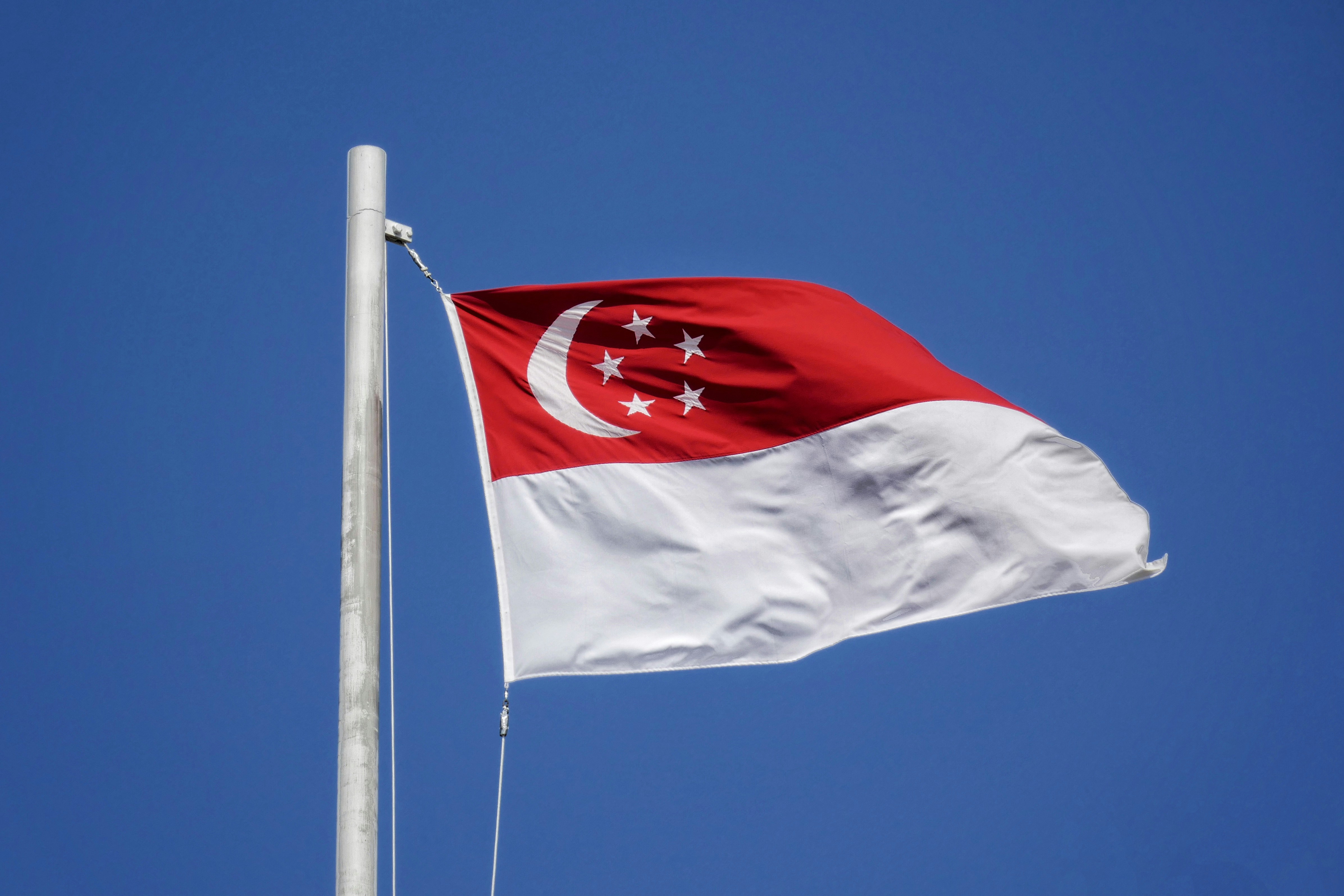Two Sailors Charged by Singapore in Hafnia Nile Collision

Singapore’s Maritime and Port Authority (MPA) has formally charged two sailors in connection with the fatal collision involving the Hafnia Nile that took place on July 19, 2024. The incident resulted in the death of one person and injuries to another. The charges fall under the Merchant Shipping Act, and if found guilty, the accused face up to two years in prison and a fine of SGD 39,000.
Collision Details and Consequences
The accident occurred in Singapore’s busy shipping channel when the Hafnia Nile collided with the vessel Ceres I, a ship believed to be operating as a shadow tanker. The impact triggered a fire that spread to both vessels. Emergency response teams evacuated crew members from both ships. Unfortunately, one crew member aboard Ceres I died, and another was injured during the incident.
Allegations Against the Sailors
According to the MPA, two crew members from the Hafnia Nile are being held accountable for navigational lapses that contributed to the collision.
The first individual charged is a 40-year-old Sri Lankan national who served as the Officer of the Watch. Authorities allege that he failed to maintain situational awareness, did not properly assess navigational hazards, and neglected his duty to ensure a proper lookout was kept.
The second accused is a 35-year-old Indian national who was acting as a lookout on the bridge at the time of the accident. He is said to have failed to notify the bridge that the ship was getting dangerously close to Ceres I, taken steering actions without authorization, and generally failed in maintaining a proper lookout.
Legal and Safety Implications
The MPA’s decision to pursue legal action underscores the emphasis placed on maritime safety and accountability in Singapore’s territorial waters. The case has drawn attention to the importance of strict adherence to navigational protocols, especially in one of the world’s busiest shipping routes.
The legal proceedings are ongoing, and the outcome is expected to send a strong message about operational responsibility at sea.